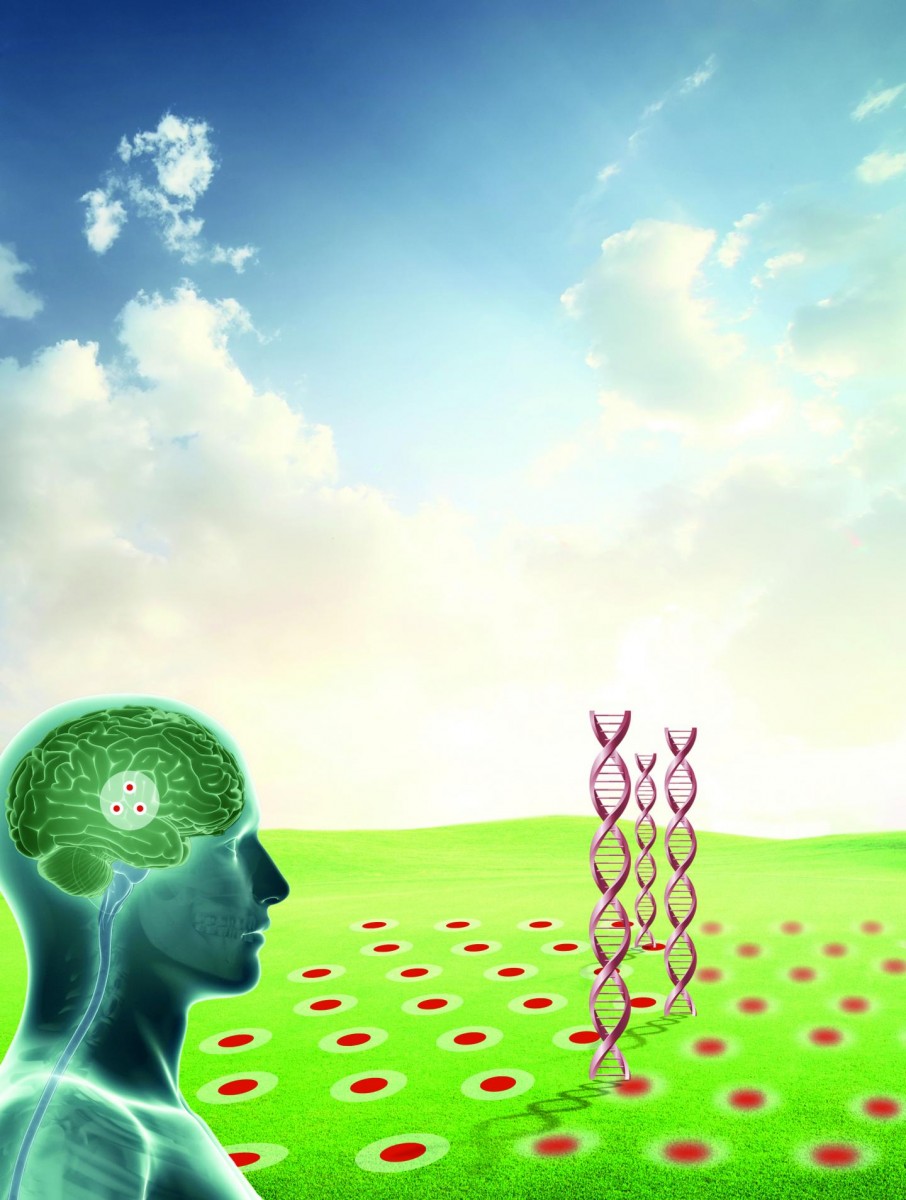Chemical Transformation of Human Glial Cells Studied for Brain Repair

A study published in Cell Stem Cell journal entitled “Small Molecules Efficiently Reprogram Human Astroglial Cells into Functional Neurons” showed that treatment of astroglial cells with a cocktail of nine small molecules resulted in neuron-like cells with similar electrical and neurotransmitter activities as functional neurons.
The brain is the most complicated part of the human body. It is the center of intelligence which controls and implements the functions of memory, thoughts, speech and movement, among others. When the brain is healthy, it works automatically and quickly. However, if it is damaged by injury, trauma, stroke, or diseases such as Alzheimer’s, various problems could appear. The signs and symptoms of brain disorders depend on the cause of the condition as well as the affected brain region, which might control movement, memory, or behavior. Some common symptoms of brain disorders include migraines, seizures, confusion, memory impairment, and behavioral, muscle, and vision problems. It is worth noting that brain disorders represent an enormous disease burden in terms of human suffering and economic cost. For example, data from World Health Organization estimated the total cost of brain disorders in Europe to be €798 billion in 2010, of which 60% was attributed to direct costs and 40% to loss of productivity.
Brain tissue is composed of mainly two important types of cells: i) neurons and ii) glial cells. Astroglial cells are star-shaped glial cells which surround neurons and provide them with protection, insulation, oxygen, nutrients, guidance for development, and structural and metabolic support. However, when damage occurs in brain tissues as a result of neurodegeneration or brain injury, it induces an over proliferation of astroglial cells that could form scars and clog the nervous system. In turn, this may prevent nerve cells from regenerating and short circuit nerve-to-nerve communication between different brain regions.
Research using conventional stem cell therapy requires brain surgery and therefore is invasive and could lead to serious complications. Other approaches, such as the use of viral particles, have been attempted without much success. In this study, the researchers tested small chemical compounds in hundreds of different conditions, and eventually identified a cocktail of small molecules that can convert human astroglial cells into functional neurons in in vitro cultured human cells. Afterwards, the reprogrammed human neurons were verified in vivo on a mice model.
The results showed that adding a cocktail of nine small molecules in a specific sequence converted astroglial cells from star-shaped into neuron-like shaped with long arms (dendrites and axons). This change was observed after eight-to-ten days of chemical treatment. Additional testing revealed that the induced cells had comparable electrical activity and could release neurotransmitters just like normal neurons. They also displayed enhanced durability, as they survived longer than five months in cell cultures and over one month in vivo when transplanted into brains of living mice.
This molecular cocktail may prove promising for the future development of drugs to treat damaged neurons in brain disorders like Alzheimer’s, brain injuries, stroke, and the like. However, key technical issues have to be addressed before these compounds might be made available to patients, including development and testing in the laboratory followed by clinical trials.
“Our dream is that, one day, patients with brain disorders can take drug pills at home to regenerate neurons inside their brains without any brain surgery and without any cell transplantation,” study author Dr. Gong Chen, professor of Biology and the Verne M. Willaman Chair in Life Sciences at Penn State University, said in a news release. “Our invention of the small-molecule cocktail helps us to make a huge step closer to that dream. The small molecules are not only easy to synthesize and package into drug pills, but also much more convenient for use by patients than other methods now being developed.”






